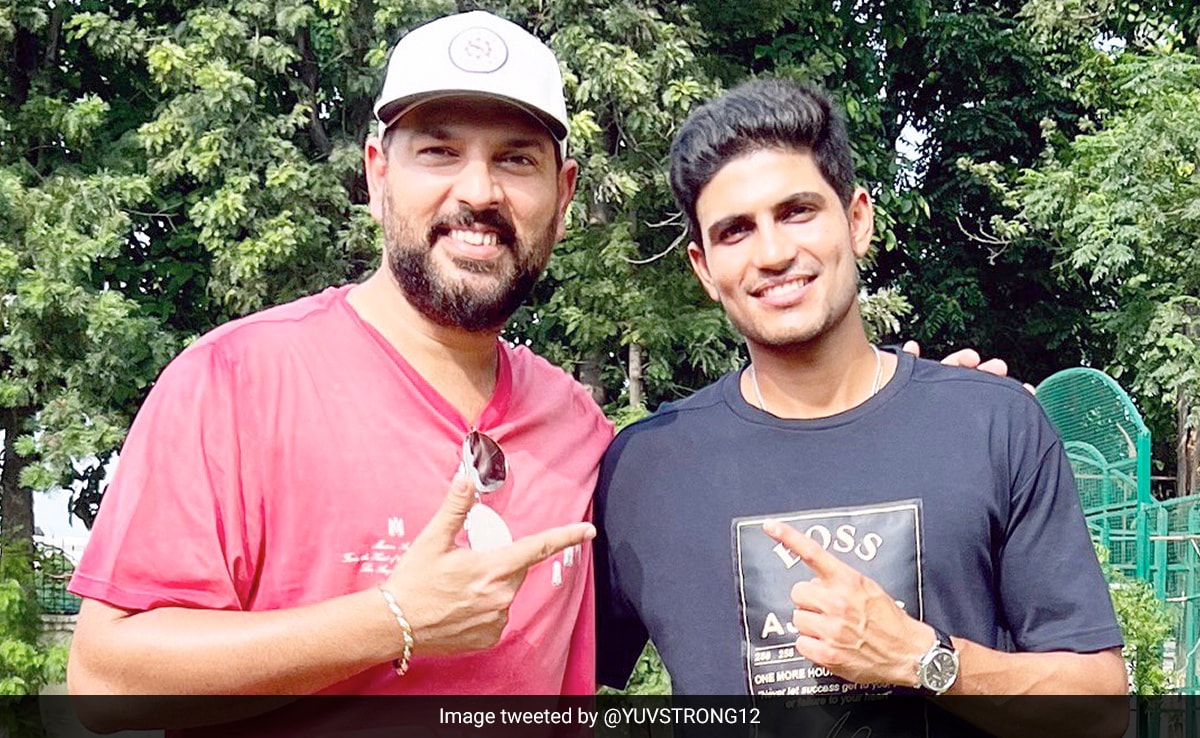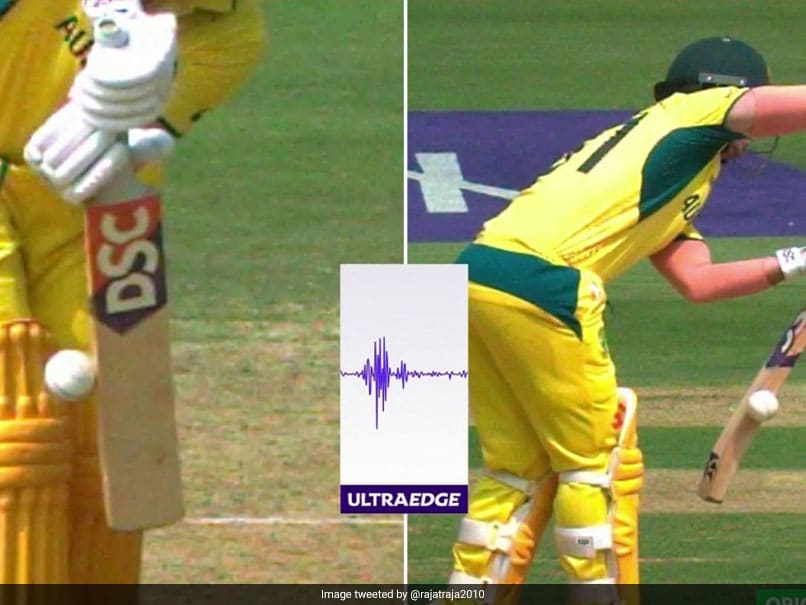September 01, 2023 07:54 pm | Updated September 02, 2023 09:50 am IST – THIRUVANANTHAPURAM
ISRO’s PSLV-C57 carrying Aditya-L1 spacecraft at the launch pad at the Satish Dhawan Space Centre in Sriharikota on September 1, 2023.
| Photo Credit: PTI
For launching its Aditya-L1 mission on September 2, the Indian Space Research Organisation (ISRO) will be using a variant of the Polar Satellite Launch Vehicle (PSLV) which also launched India’s first missions to the moon and Mars.
With the PSLV-C57/Aditya-L1 mission, India’s first solar mission, the PSLV-XL variant will mark its 25th flight.
The PSLV-XL is the ‘full configuration’ PSLV, fitted with six strap-on motors, the maximum for this expendable launch vehicle. The XL configuration was first used for launching India’s first lunar probe, the Chandrayaan-1, in October 2008. It has since been used for several high-profile missions, including the Mars Orbiter Mission – Mangalyaan – launched in November 2013.
PSLV flew in the XL configuration last in November 2022, placing the EOS-06 satellite, the main payload, and eight nano-satellites in orbit around the earth.
Often dubbed ‘ISRO’s trusted workhorse,’ the four-stage PSLV has variants that feature six (the XL variant), four (QL) and two (DL) rocket strap-on motors to augment the thrust provided by its first stage. The strap-ons are powered by the solid rocket propellant Hydroxyl-terminated polybutadiene (HTPB).
Then there is also the CA (core alone) version where no strap-on motors are used. The previous two PSLV missions, the PSLV-C55 and PSLV-C56 which placed the TeLEOS-2 and DS-SAR satellites in orbit respectively in April and July this year, had used the CA variant.
The PSLV-C57/Aditya-L1 mission is scheduled to lift off from Sriharikota at 11.50 a.m. on Saturday. The Aditya-L1 spacecraft, which had seven scientific payloads to study the sun, has a mass of 1,480.7 kg and is India’s first space-based observatory-class solar mission. After a four-month journey covering 1.5 million km, it will be positioned in a halo orbit at the Lagrangian point L1.









